Should You Till Your Garden Every Year
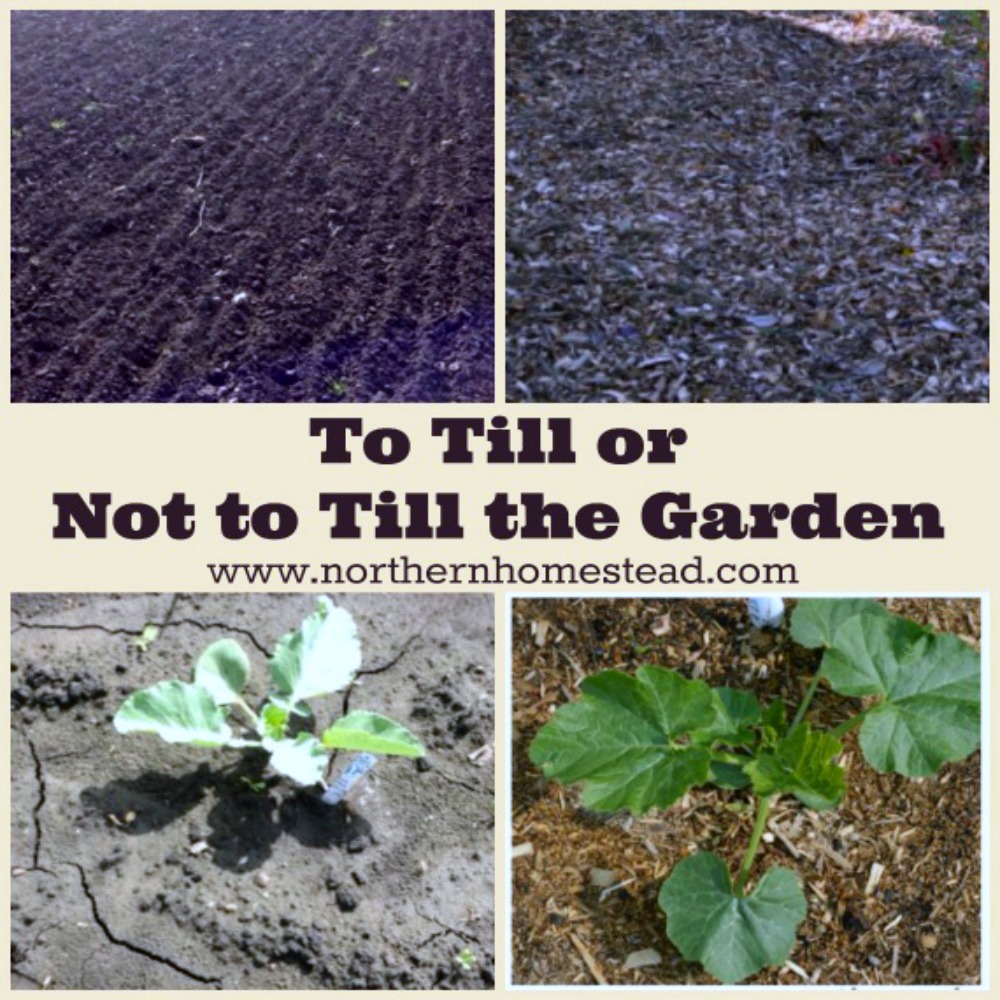
To till or not to till the garden is a blog post that we first published 5 years ago. We have gained more experience in no-till, and have also seen some confusion. So we thought that it's time to review the post and bring it up-to-date.
Growing up on a homestead, our garden was cleaned up, fertilized with composted manure, and turned over every spring. Teens and young adults in our rural town would form work crews to help to dig the gardens of those who were not able to do that by themselves. Digging up the garden seemed to be a necessity of life. Today rototillers have replaced those working volunteers, doing the job much faster, with less manpower, and yet it still is a big job. But …
Is digging and tilling necessary?
The natural no-dig gardening movement is growing with great results. One of the acknowledged no-dig growers is Charles Dowding. In his many books, he shows how no-dig gardening saves time and work. In return, it produces a better harvest and creates a richer soil with very few weeds. Who doesn't want this kind of result!
Let's look at the question, to till or not to till the garden, closer.
What is a no-till garden
A no-till garden is not just a garden that has not been tilled in a while. That would be an uncultivated land. In gardening, we cal a no-till or no-dig garden an area that is covered with organic material, instead of being dug up or tilled.
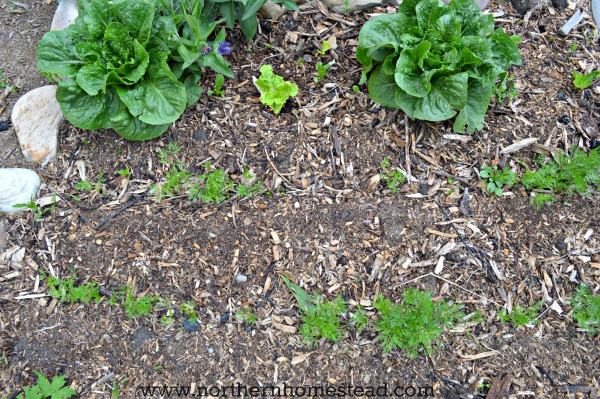
The cover is the key to a successful no-till garden. This is very important. If you just stop tilling, the soil will be hard and it will take many years for it to recover. Eventually, nature will cover the soil on its own if you just leave it alone. However, since we are talking about gardening, a no-till garden needs to be covered.
In nature soil is always covered, be it with died back grass or leafes and branches that have fallen to the ground.
What works in nature also works beautifully in the garden.
Why not till a garden
Soil is a living organism full of natural fungi, worms, and microbes. Also, the roots of plants in the soil communicate with each other, encouraging each other to grow by sharing resources. That is how very dense forests survive and thrive.
What makes soil so great?
It is not the soil itself – it is the soil life that is the most important element. – Geoff Lawton
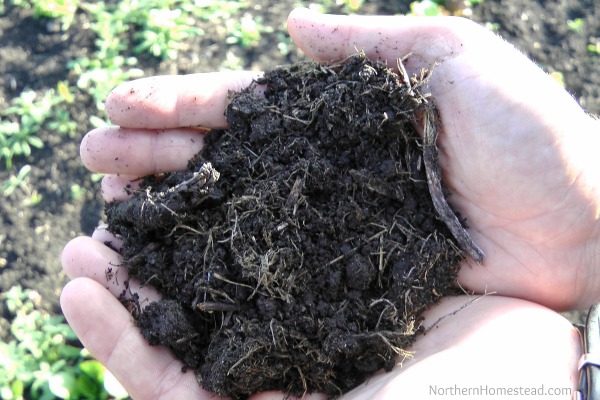
When we till or dig up the soil, that natural system gets interrupted. Worms get killed and the exposed soil is being eroded by wind, rain, and frost.
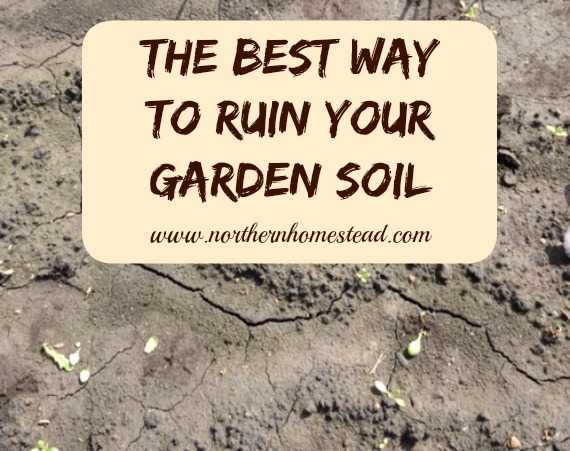
If you want to ruin your garden soil, till it twice a year.
Some argue that tilling should always be avoided. In most cases, it can and should be avoided.
However, sometimes we are dealing with soil that is so hard, and already dead, that tilling might actually be a good thing.
You should till the garden when …
…the garden is bare, with some weeds, dry and hard, and it is time to plant. This is the situation of most traditional gardens. My parents' garden looked like this every. single. spring. Maybe your garden looks like this, too.
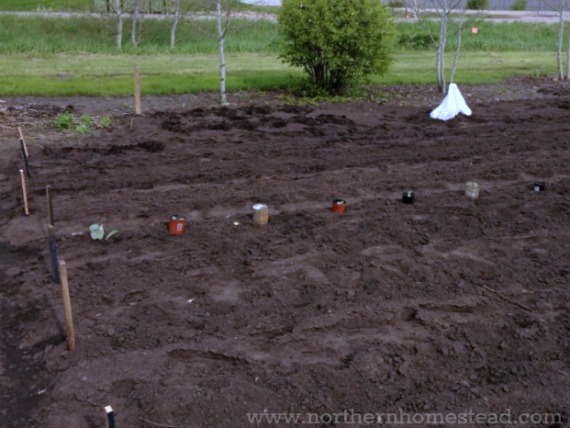
This is the time to till your garden for the very last time. Tilling brings immediate results. Till it and plant. But after the harvest in fall, you can convert your garden into a no-till garden. If you cover your garden, you will not have to till it ever again.
You have two choices, to till or to cover your garden soil with a thick layer of mulch. A tilled garden soil wears out over time, a covered soil builds up and gets better.
You can till your garden when …
… you have a new garden area. Most no-till gardening methods recommend just to cover the area with cardboard and/or newspaper, add compost and mulch and it is ready to be planted.
We would recommend starting with examining the existing soil. Dig up some dirt and if it's rock hard, then tilling might be a good option.

Brett L. Markham in his book Mini Farming: Self-Sufficiency on 1/4 Acre compares double digging a new garden to a no-till garden system. In 3 years there is no difference, but he says digging helps to speed up the process.
If the soil was very hard weedy or of poor quality, you want to start with a thicker cover. While converting a hayfield into a garden, in the 20×50 ft trial plot we used 3 different coverings. If you are starting a new no-till garden, head over and read it.
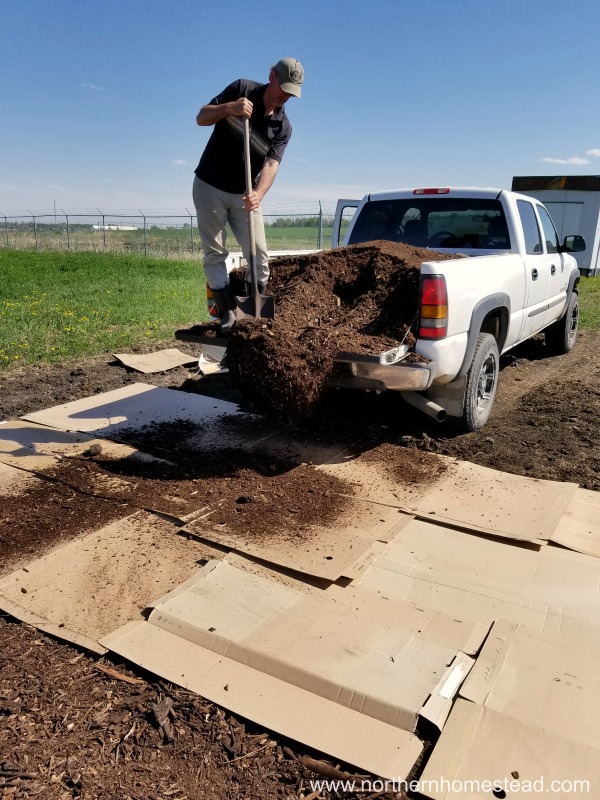
You should not till your garden when …
… you want to build up a great soil for many years to come. Even though tilling can help you to plant an immediate garden, it will ruin your garden soil in the long run.
Intense gardening in the same spot, year after year, is only possible if you do not disturb the soil with constant digging and tilling. Roots in a tilled garden always hit the hardcore at a certain depth, then they split and compete with each other.
Seeds from weeds brought up through the tilling will grow and after a few short weeks, the freshly tilled garden is just as hard, dry and weedy as it was before the tilling. A real vicious cycle. You can break that cycle up by stopping the tilling and covering the soil.
For covering use natural mulch such as compost, rotted manure, wood chips, straw, or seedless hay. You will need 1-2 inches (3-5cm) of compost mulch to cover the soil in late fall or early spring.
Covering means, place a layer of natural material on top of the existing soil.

What to cover the soil with?
Compost seems to be the best and easiest cover to work with. It can be an all plant compost or a mixture of well-rotted manure and compost.
Experienced gardeners share with us: "Our experience over time in our garden has shown us that any mulch other than compost needs to be applied after the plants reach a certain size in early summer. When we leave other mulches covering our beds over winter we provide nesting habitat for mice and especially voles that explode in population and cause a great deal of damage to our garden. As well, mulch applied in autumn or spring has created major cutworm issues for us. There is no doubt that no-till with mulching has many benefits for soil health and structure, but like any gardening method, there are some limitations." Use any mulch with caution.
Wood chips work well for mulch in a dry climate, make sure you use the right wood chips for the garden because you will be planting into them in spring.
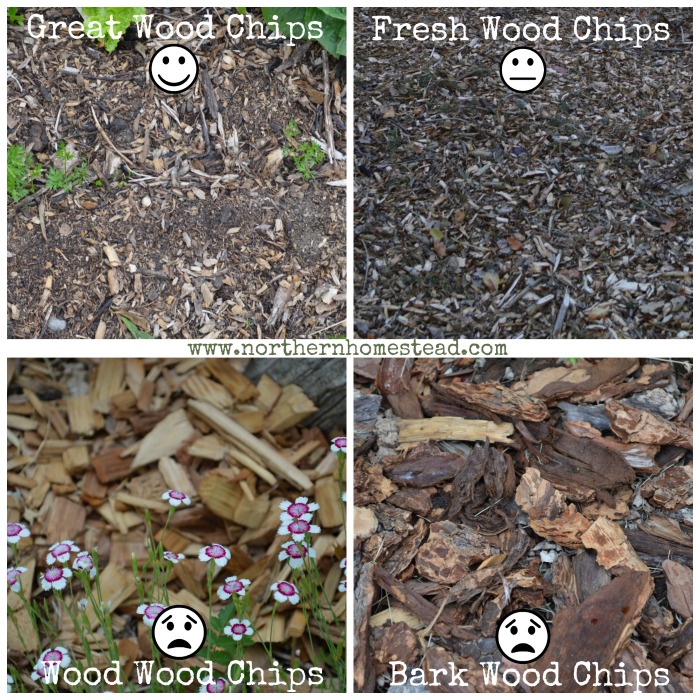
Seed free hay also makes a good natural cover. It will decompose quickly and enrich the soil in the process. Straw is another option in the same category. Make sure to break up the straw so it is light and airy.
The cover will keep the soil moist and soft and the weeds down. In spring there is no need to till or dig up the garden. As soon as the snow melts, you can start planting. The soil will not dry out, weeds will be surpressed.
If you feel like the soil is still hard you can work it with a Broadfork, or simple garden fork. Do not turn over the soil just loosen it. The covered soil is maybe not as soft as freshly tilled soil at the top, but is much softer all throughout than tilled soil will ever be.
You do not have to till your garden when your soil is covered.
When to apply mulch
Tilling was needed every spring, and some gardeners also tilled in the fall. Mulch is also needed every year, or at least in the first few years. When the garden matures you might be able to skip a year, just see how the soil is. A mulched garden soil should always be soft and easy to work with.
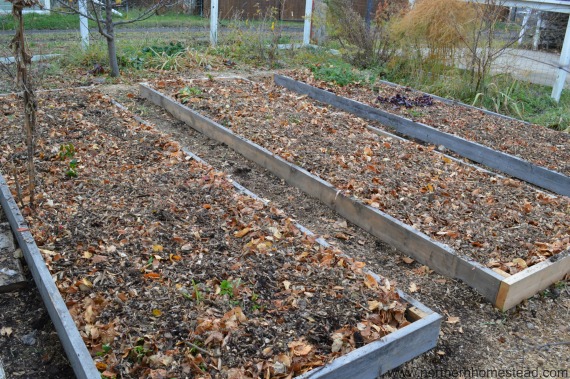
Fall is the best time to apply mulch for most gardens. That's also the time when nature covers the soil.
In our short growing season winter often comes very suddenly, and snow covers the soil. We often do the mulching in early spring.
Hope this helps you to understand tilling and no-tilling a bit better and helps you to have a better garden with less work.
Here is some good information on no-till methods: Organic Gardening, Back to Eden, Gardening without work.



We invite you to subscribe to Northern Homestead and follow us on Facebook,Instagram or Pinterest for the latest updates.
More posts you might enjoy
Should You Till Your Garden Every Year
Source: https://northernhomestead.com/to-till-or-not-to-till-the-garden/#:~:text=You%20do%20not%20have%20to,What%20is%20this%3F&text=Tilling%20was%20needed%20every%20spring,in%20the%20first%20few%20years.
Posted by: peoplessyrument82.blogspot.com


0 Response to "Should You Till Your Garden Every Year"
Post a Comment